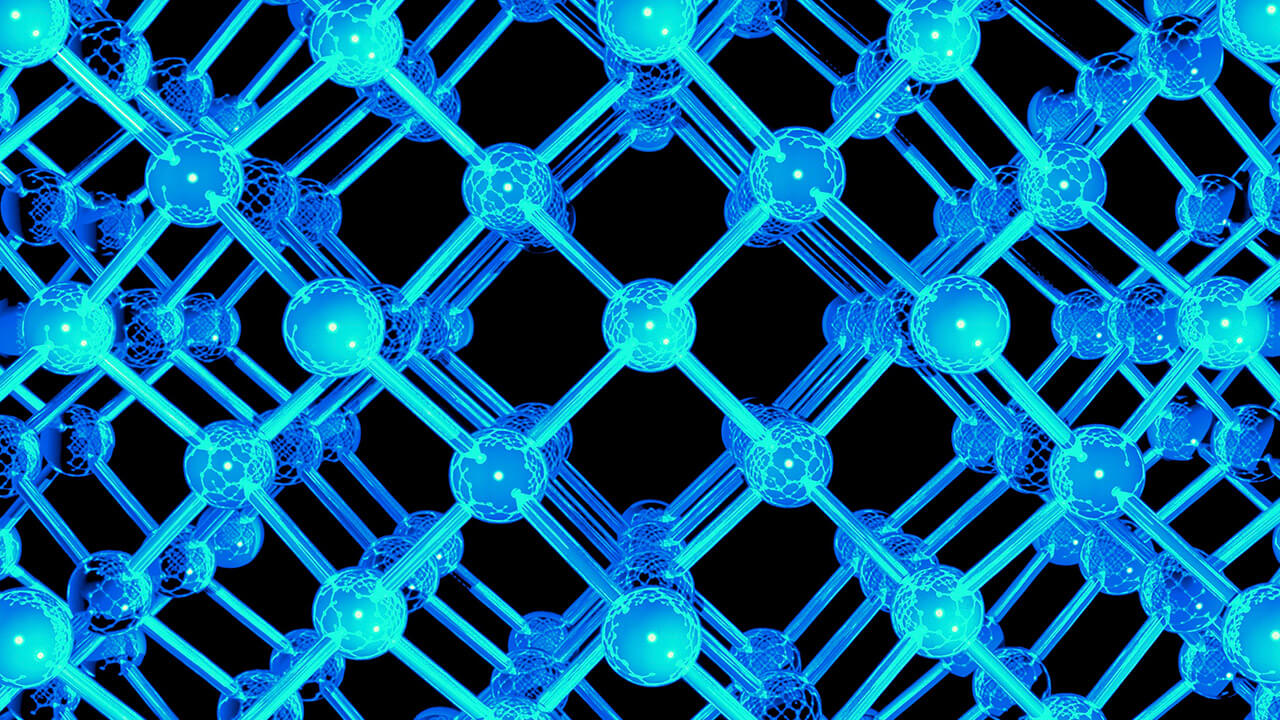
For perfect results: SENTEZ; provides innovative and powerful industrial adhesives, tailor-made for our customers in different industries. Contact us for an individual service.
Product Advice / Request A Sample
Do you have questions about a product or an application? We will be happy to answer them.
Technical Support
Do you need professional advice or help in solving your problem? We will be glad to assist you.

